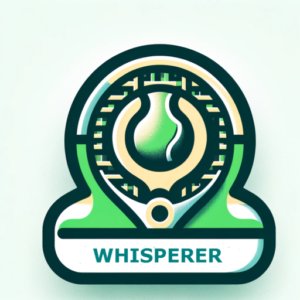Five Key Lessons from Ruud’s Madrid Masterclass
Five Lessons from Ruud’s Madrid Masterclass
After years of knocking on the door—and three Grand Slam final defeats that left him with more questions than trophies—Casper Ruud finally broke through!
On the clay of Madrid, he claimed his first ATP 1000 title, outlasting Jack Draper 7-5, 3-6, 6-4 in a battle defined as much by altitude as attitude.
Madrid’s higher altitude is notorious for distorting the clay-court playbook—turning grinding rallies into shootouts and amplifying raw power. For Draper, the conditions were tailor-made. His explosive, high-rpm forehand and flat, penetrating drives carved through the thinner air.
For much of the tournament, he looked like a man rewriting clay-court norms.
In the final, too, Draper had his moment—serving for the first set at 5-4.
But that’s when the pressure surfaced. That’s when Ruud, the player who had been here before, leaned on scar tissue.
“Talent opens doors, but experience walks through them.”
1. Experience is a Weapon—Especially Under Pressure
Ruud’s win was built on knowing how to wait, not rush.
When Draper served for the first set, Ruud didn’t press—he simply stayed solid and let the moment squeeze his opponent.
“Knowing when not to overplay is a subtle but crucial difference.”
Whisperer Tip:
-
Build rituals that reinforce calm when pressure builds
-
Use visualization or deep breathing routines
-
Anchor your composure with repeatable patterns
2. Tactics Must Adjust to Conditions, Not Ego
Draper’s aggressive baseline game was boosted by Madrid’s altitude.
Ruud didn’t try to match bang with bang—he played altitude-smart clay tennis: heavier topspin, safer targets, and pattern disruption.
“Adapt your tennis to the terrain—not your pride.”
Whisperer Tip:
-
Adapt your patterns based on elevation, surface, and opponent
-
Train with variables like low air pressure and bounce speed
-
Practice patience with safer high-percentage targets
3. Don’t Just Play Offense—Control the Tempo
Ruud turned the match by controlling tempo, not just tactics.
He disrupted Draper’s rhythm with changes in height, spin, and court positioning. Rather than chase winners, he maneuvered Draper into discomfort.
“Control in tennis isn’t about power—it’s about variety.”
Whisperer Tip:
-
Practice drills that demand tempo shifts mid-rally
-
Blend pace, spin, and space in a single point
-
Train decision-making based on rhythm, not outcome
4. Footwork Fuels Composure
In critical moments, Ruud’s balance and movement were elite.
Even when defending, he stayed grounded. Draper showed signs of fatigue and overextension. Ruud’s base was always set—even on the run.
“Footwork isn’t just mobility—it’s your foundation for clarity under stress.”
Whisperer Tip:
-
Incorporate multi-directional balance footwork drills into coaching
-
Focus on arriving balanced, not just fast
-
Train movement with recovery and shot preparation in mind
5. Winning is Built on Scar Tissue
Ruud has lost on big stages—three Grand Slam finals.
But those defeats taught him how to manage energy, ride momentum, and stay emotionally regulated in the late stages of elite matches.
“Mental scars become tools when integrated.”
Whisperer Tip:
-
Reflect and review critical match losses
-
Visualize those same moments—and your new response
-
Turn emotional pain into performance fuel
Wrap
Casper Ruud didn’t just win Madrid. He evolved in it.
He didn’t overpower Draper—he outlasted him.
He didn’t force the match—he understood it.
That’s not just a win. That’s growth.
Well done Casper Ruud. You’re a great role model!
Click here for a companion post on how to apply these lessons to match play.



